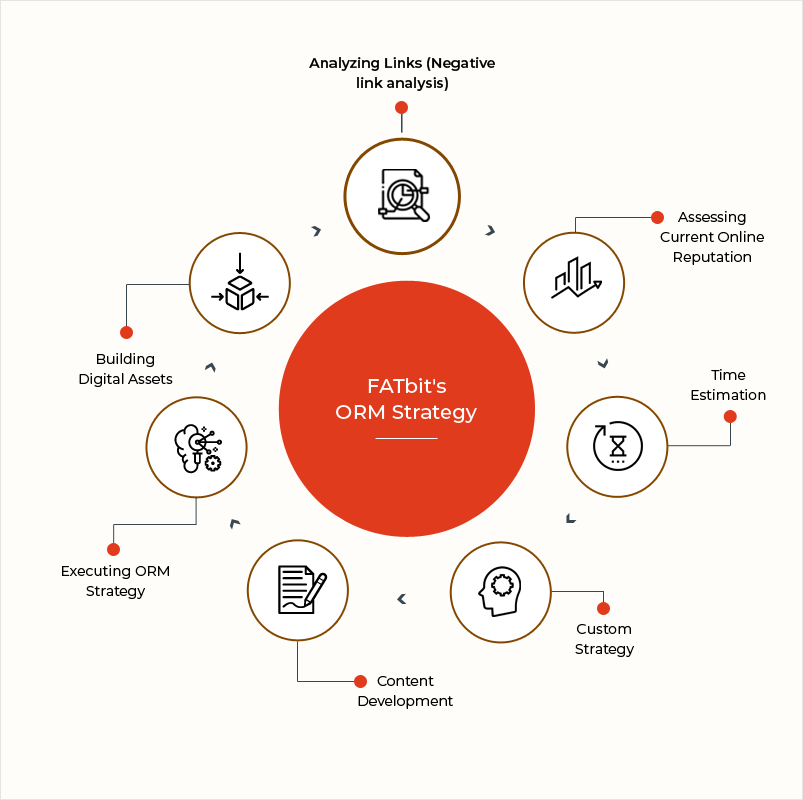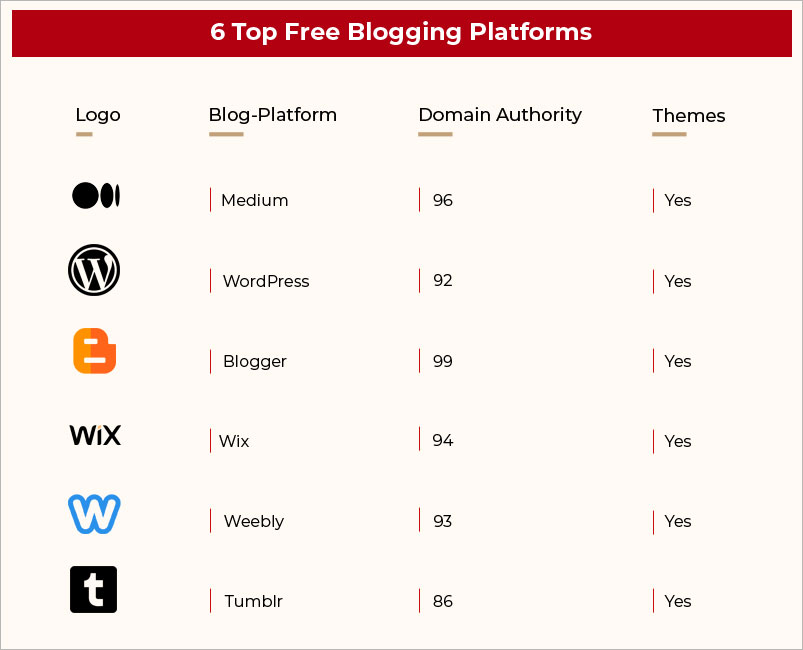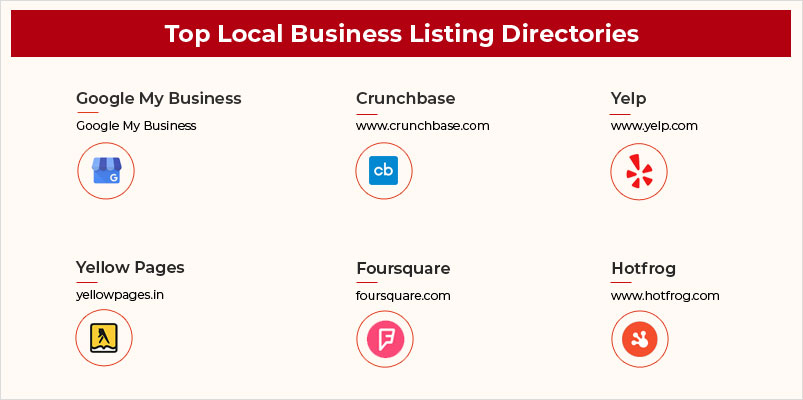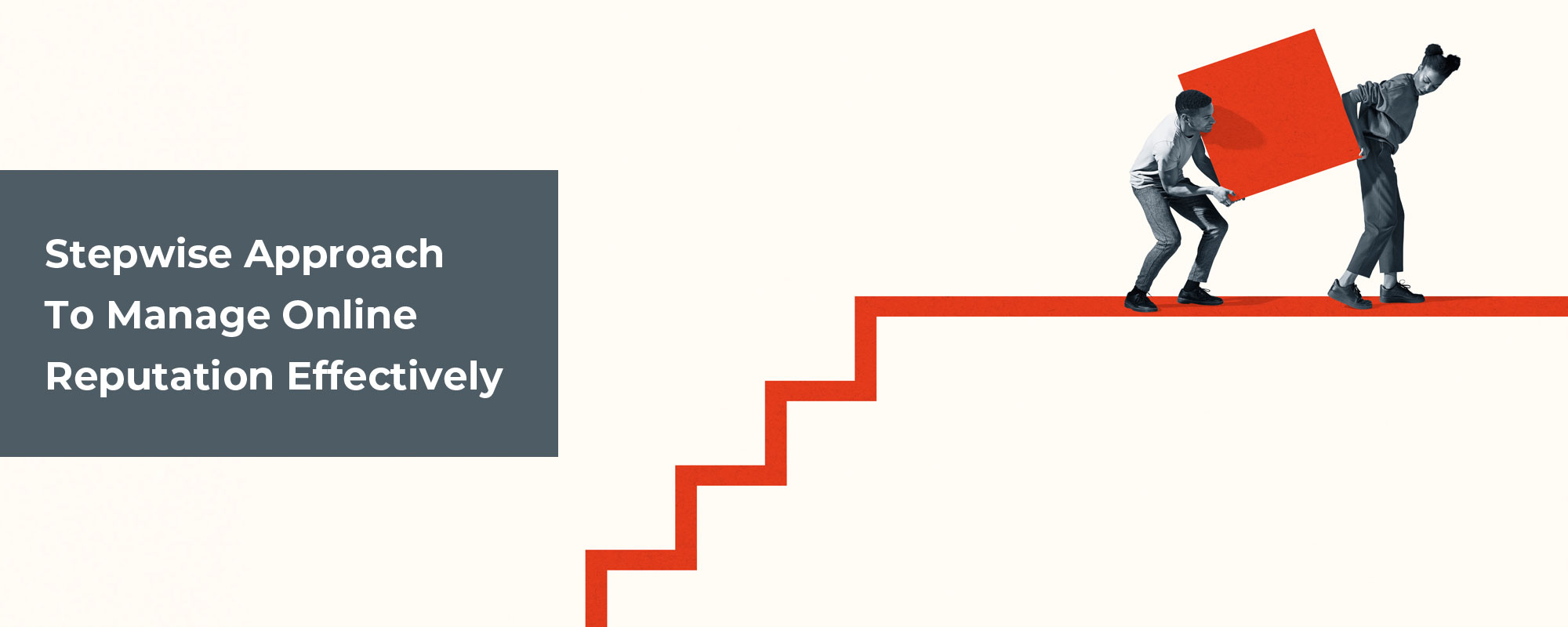Analyzing Links (Negative link analysis)
Assessing Current Online Reputation
Time Estimation
Custom Strategy
Content Development
Executing ORM Strategy
Building Digital Assets
Removing Negative Links
Monitoring Online Reputation
Conclusion
Suppressing Negative Links from Google Search Results

1. Negative Links Analysis
The first step is to analyze all the negative links appearing in the Search Engine Result Pages (SERPs). We conduct an extensive link analysis and check the domain authority and strength of these links as they are an important part of the search engine algorithm. Relevancy of the pages for the links also impacts the quality of the link and is an important factor in search rankings. We also check the TrustRank to separate the useful links out of all links and improve their ranking in SERPs.
2. Assessing Current Online Reputation
Determining the actual online reputation helps to check if the digital presence matches the reputation in the offline network and identify the strengths & weaknesses of the reputation. Assessing the complete online reputation will eventually help to create an integrated strategy for new profiles and existing profile updates.
3. Time Estimation
This is also an important step as it estimates the damage caused due to the negative results. The time estimation of pushing down the negative link depends on factors like:
- Current SERPs position
- Keyword density
- Content-type (User Generated Content or Admin Generated Content)
- Content-length
- Content language
- Country-specific
- Website popularity
- Domain authority and nature of the negative links
- The popularity of search term(s)
- Existing digital assets and brand presence
Having said that, we see fruitful results in the initial days and most of our projects of removing/pushing the negative links are successfully completed within a few months.
We have covered all time estimation factors in another blog post, how much time it takes to remove negative links from top search pages?.
Also, remember this is an ongoing process that requires continued monitoring and creating positive content that can replace negative search results.
4. Custom Strategy for Personal and Brand Reputation Management
Reputation management of an individual and a brand might require different approaches to work efficiently.
This approach is followed for the reputation management of brands as well as individuals. It involves building a reputation using the facts and content posted is based on the real identity of the brand/individual. This approach might be time and money consuming, however, is very helpful if one wants to be proactive for ORM.
This approach is recommended & applied only for individuals who have negative links showing up for searches which include their name. We create random and multiple profiles of the individual with the same name and frequently post content citing his name. For individual ORM, this approach is cost-effective, gives instant results, and has long-term benefits.
5. Content Development
It is recommended to consistently create high-quality content that is search friendly. This builds a network of relevant & accurate content across the web which will start ranking higher in Google & other search engines when people search for your brand.
This process not only pushes down negative Google results but also protects from any negative search results appearing in the future. This is actually a quite straightforward process and all that is required is patience and consistency.
Creating positive content includes various activities like:
- Creating blogs on high authority free blog-platforms like Medium, WordPress, Blogger, and Tumblr.
- Optimizing the content for keywords.
- Guest blogging on high authority websites that are related to your line of work.
- Create powerful backlinks on top-quality blogs and news websites.

6. Executing ORM Strategy
Being a reputation management company, understanding the client’s business and their requirements is critical to ensure success. We take time to understand the full depth and breadth of our client’s requirements and build a comprehensive strategy to address the negative links. Leveraging years of experience and expertise, we develop a strategy that not only focuses to push negative links down but also on promoting the positive image of the brand. This is done by building digital assets that are achieved through business listings and social profiles.
7. Building Digital Assets
We focus to create and launch an asset-building campaign that will displace the damaging stories, comments, and articles. Asset building campaign can be executed in two ways:
- Business Listing:
We submit the business details on listing websites for people to find the businesses easily. These sites are specially designed to help businesses get better exposure and reach their customers easily. Due to the high authority of these websites, your business can rank higher on search results. Popular business listing websites include:
- Google My Business
- Crunchbase
- Yelp
- Yellow Pages
- Foursquare
- Hotfrog
We select business listing websites to create your business profile on the basis of your location and nature of business.

- Social Profiles:
Social profiles rank well in search results, and therefore, by not creating social profiles, you could miss out on a lot of searches. It is also advised to keep the posting and branding on social media consistent to build a lasting impression.
Some top social media channels where we create social profiles to get maximum exposure on search engines are:
- Facebook
- Twitter
- LinkedIn
- YouTube
- Instagram
- Pinterest
Removing Negative Links
Another approach is to completely remove the link from the internet which permanently dissociates it with your name, and makes sure the potential customers never see the link again.
The process is quite effective, however, requires expertise in this domain. Since the owner of these links is someone else, which makes the process a bit more tricky. These links are in the control of someone else and are not as easy to remove as your own links.
Below discussed are some ways that can prove beneficial in removing negative search links:
- 404 Error Page: 404 cases occur when a link is removed from the website but it is still appearing in the search results. You can enter the link in the Search Console and get it removed easily.
- Requesting Website’s Administrator: You can contact the webmaster where the negative content is published against your brand and request them to remove it. You will need to tell them how that negative content is hurting your business reputation and provide some evidence as to why these comments or reviews are baseless. Many times website admin rejects the request or asks for a huge amount of money for deleting the link.
This approach is not recommended as it could backfire if the admin adds the request application into the same page which makes suppression of the page a more complicated task.
- Using Copyright Laws: You can request Google to remove the negative links by filling the Digital Millennium Copyright Act (DMCA) form. Keep in mind that Google is strict when it comes to the removal of search results, so you should use it carefully. Include as much information as possible like why do you want to get it removed and what’s the reason.
- EU Privacy Removal Law: The law states that individuals have the right to ask for certain personal information relating to them to be removed from Google Search. One can submit a removal request, and then Google will balance the privacy rights of the individuals and distribution rights of others to decide whether to accept or decline the request.
Want to know if Google might remove something according to the above criteria?
Monitoring Online Reputation
Monitoring the online reputation regularly provides insights required into what the customers and stakeholders are saying about you. It does not refrain people from writing negatively about you or your brand, but certainly minimizes the effect of unfavorable content.
Below listed are some tools that can help you proactively monitor your online presence:
- Google Alerts: This is a free monitoring tool offered by Google. It sends notifications when new content is added for keywords that you have specified. As the tool does not always pick up on all the new reviews, it is suggested to use this tool in conjunction with other tools that look for new reviews.
- Social Mention: This tool monitors the whole web and picks up real-time social media search and analysis. It categorizes the results according to strength, sentiment, passion, and reach to help monitor and improve the brand’s reputation. All you have to do is type the name you would like to monitor online.
- Brand Yourself: It is a reputation monitoring tool that helps you audit what is said about your personal account online and eliminates almost all negative reviews. It builds a reputation report and puts the brand somewhere between Very Poor and Excellent so one can see how they look online.
What else you can do to manage your online reputation go through most recommended online reputation management tips for small business and white-collar professionals.
It’s the Time to Take Control of Your Online Reputation!
We hope this post gave a clear idea of how the negative links on Google are damaging the online reputation of brands and individuals. These techniques of reputation management can help remove/push down the damaging content and improve your online presence. The longer you wait to act upon the negative links, the more harmful it becomes for your brand. Not only these techniques help to remove negative content from the web, but also adds a layer of security against any potential damage in the future.
Looking for a team of experts to repair your online reputation?





